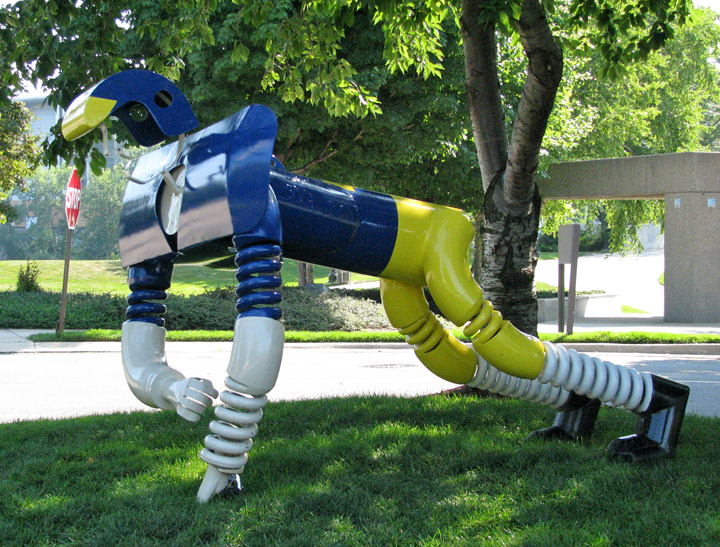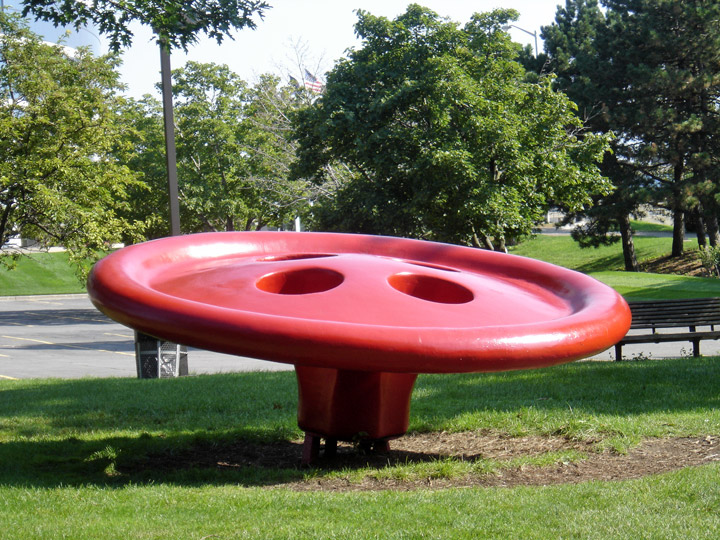

Grand Rapids
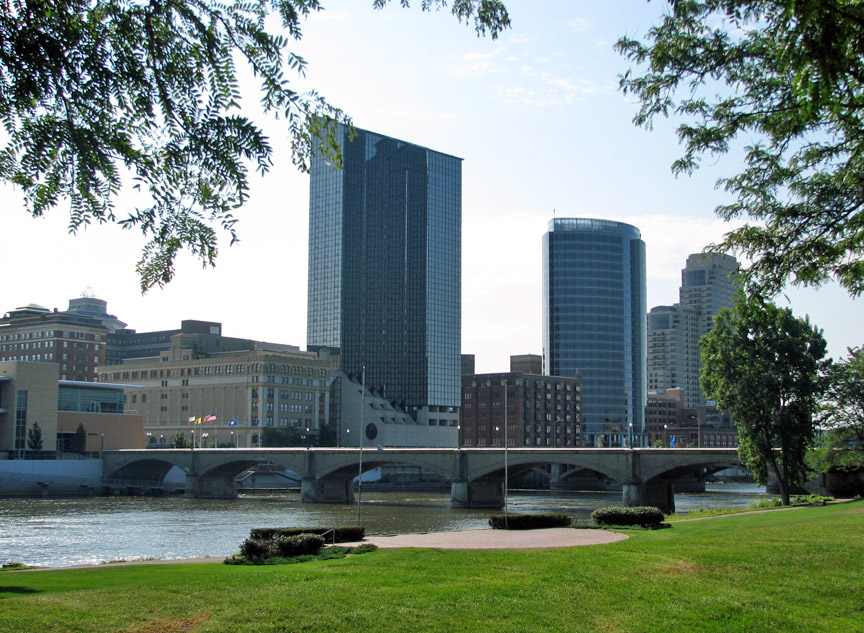
Grand Rapids
Grand Rapids is a city in the U.S. state of Michigan. As of the 2000 census, the city population was 197,800. The Grand Rapids-Wyoming Metropolitan Statistical Area (MSA) had a population of 776,742, while the Grand Rapids-Muskegon-Holland Combined Statistical Area (CSA) had a population of 1,323,095 as of the 2007 census estimate. It is the county seat of Kent County, Michigan. It is the second largest city in the state and one of the principal cities in West Michigan.
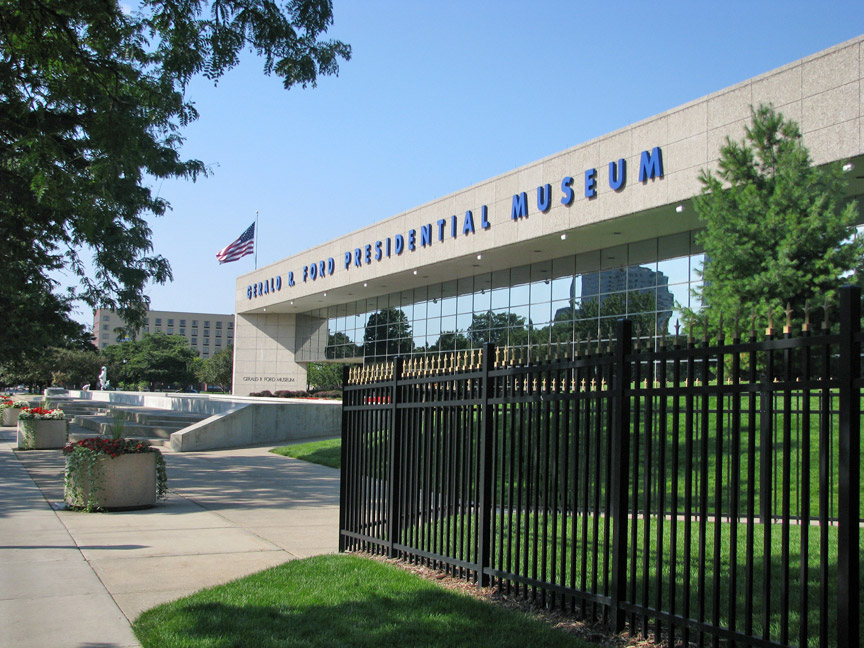
Gerald R Ford Presidential Museum
Photos of the Gerald R Ford Presidential Museum
Over 2,000 years ago, people associated with the Hopewell culture occupied the Grand River Valley. Around 1700 A.D., the Ottawa Indians moved into the area and founded several villages along the Grand River.
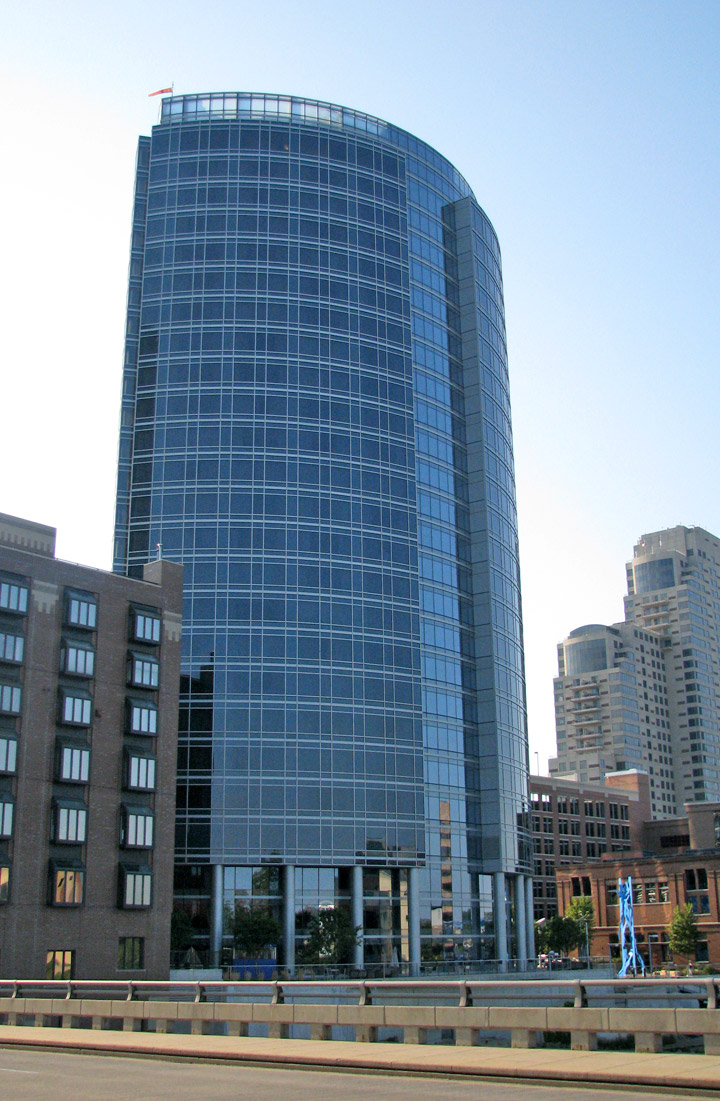
The Grand Rapids area was first settled by Europeans near the start of the 19th
century by missionaries and fur traders. They generally lived in reasonable
peace alongside the Ottawa tribespeople, with whom they traded their European
metal and textile goods for fur pelts. Joseph and Madeline La Framboise
established the first Indian/European trading post in West Michigan, and in
present Grand Rapids, on the banks of the Grand River near what is now Ada.
After the death of her husband in 1806, Madeline La Framboise carried on,
expanding fur trading posts to the west and north. La Framboise, whose ancestry
was a mix of French and Indian, later merged her successful operations with the
American Fur Company. She retired, at age 41, to Mackinac Island. The first
permanent white settler in the Grand Rapids area was a Baptist minister named
Isaac McCoy who arrived in 1825.
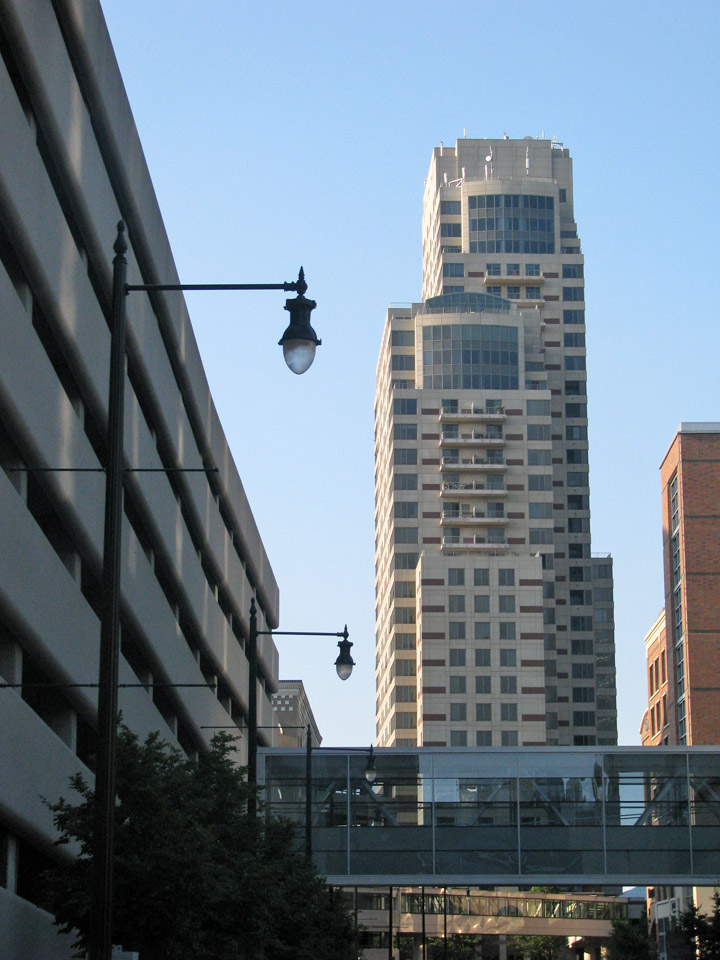
In 1826 Detroit-born Louis Campau, the official founder of Grand Rapids, built
his cabin, trading post, and blackmith shop on the east bank of the Grand River
near the rapids. Campau returned to Detroit, then came back a year later with
his wife and $5,000 of trade goods to trade with the native tribes. In 1831 the
federal survey of the Northwest Territory reached the Grand River and set the
boundaries for Kent County, named after prominent New York jurist James Kent.
Campau became perhaps the most important settler when, in 1831, he bought 72
acres (291,000 mē) of what is now the entire downtown business district of Grand
Rapids. He purchased it from the federal government for $90 and named his tract
Grand Rapids. Rival Lucius Lyon, who purchased the rest of the prime land,
called his the Village of Kent. Yankee immigrants and others began immigrating
from New York and New England in the 1830s.
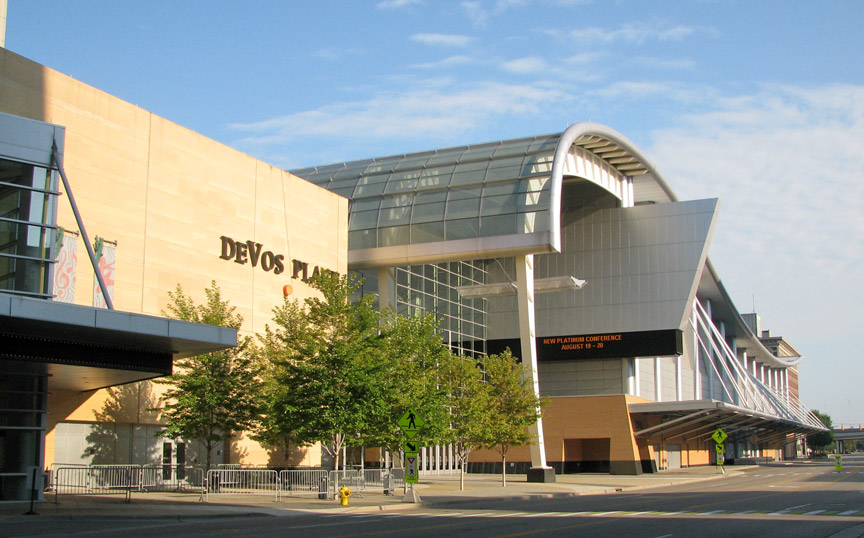
DeVos Place
In 1836 John Ball, representing a group of New York land speculators, bypassed Detroit for a better deal in Grand Rapids. Ball declared the Grand River valley "the promised land, or at least the most promising one for my operations."
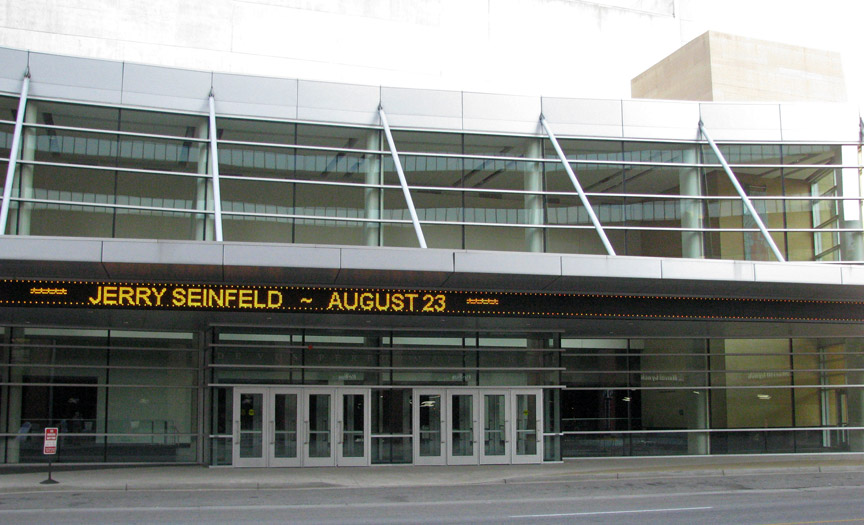
By 1838, the settlement had incorporated itself as a village, and encompassed an
area of approximately three-quarters of a mile (1 km) . The first formal census
occurred in 1845, which announced a population of 1,510 and recorded an area of
four square miles. The city of Grand Rapids was officially created on May 1,
1850, when the village of Grand Rapids voted to accept the proposed city
charter. The population at the time was 2,686. By 1857, the city of Grand
Rapids' boundary totaled 10.5 square miles (27 kmē).
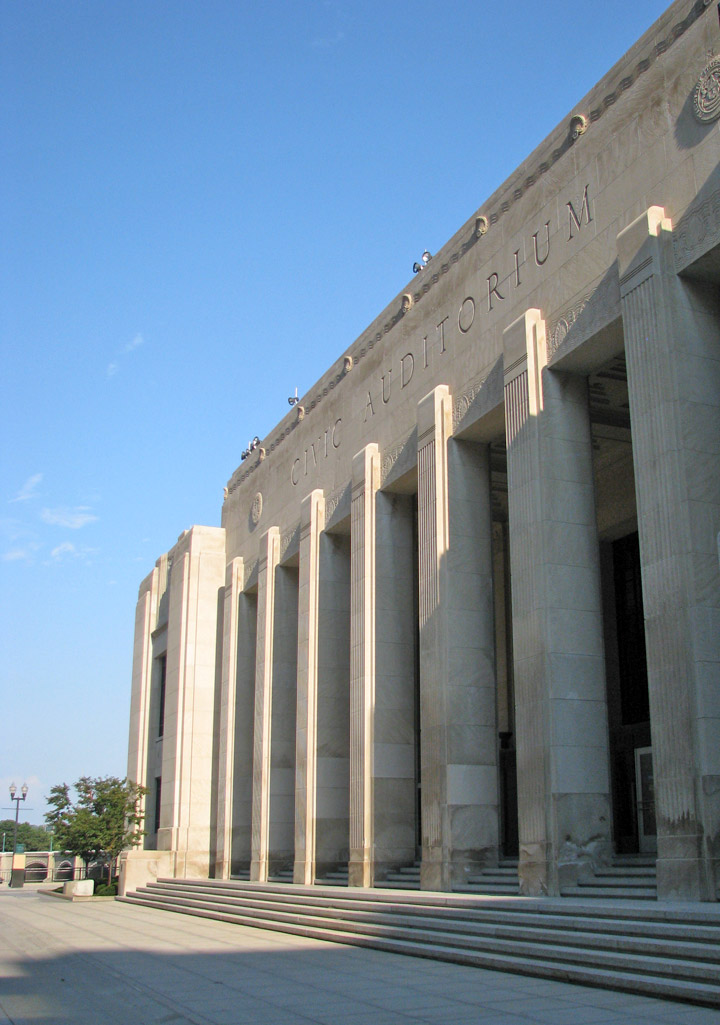
Civic Auditorium
Grand Rapids was also an early participant in the automobile industry, serving as home to the Austin Automobile Company from 1901 until 1921.
Text from Wikipedia
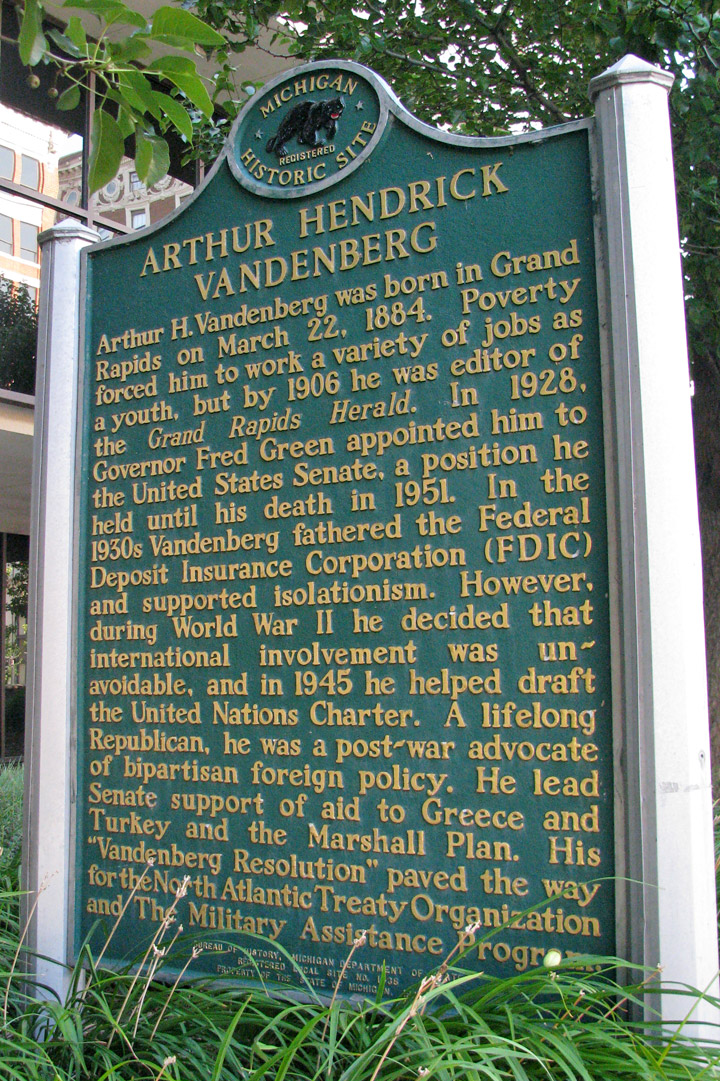
Arthur Vanderberg
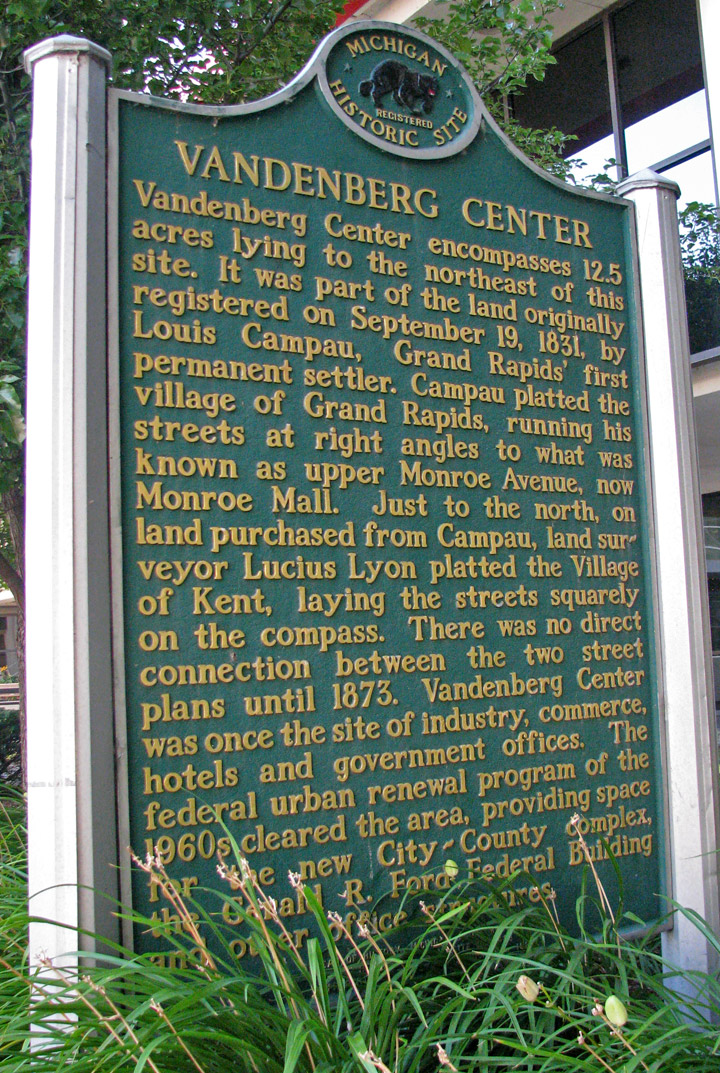
Vandenberg Center
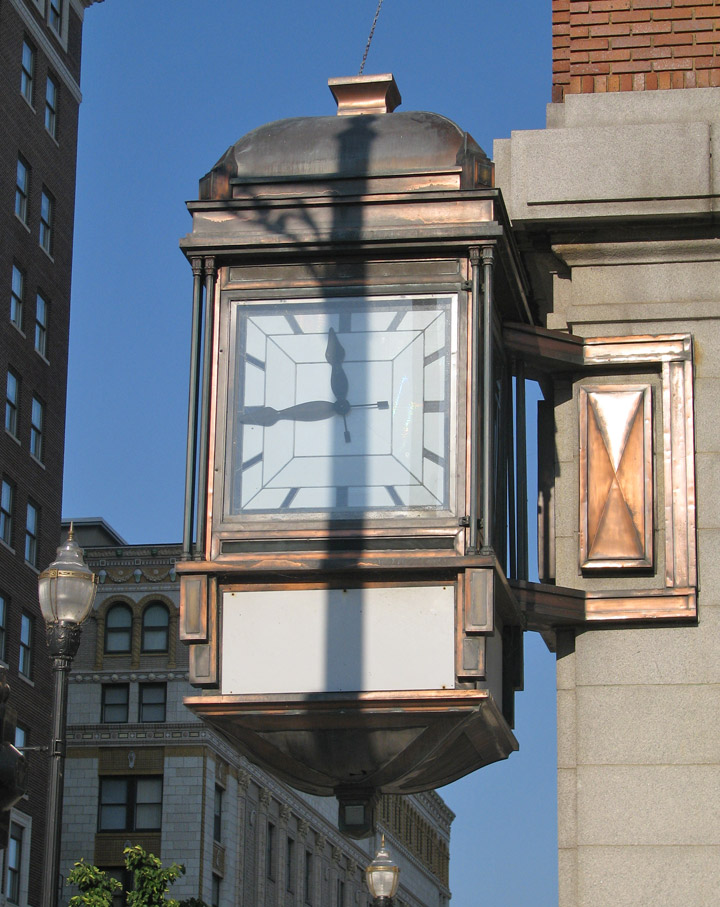
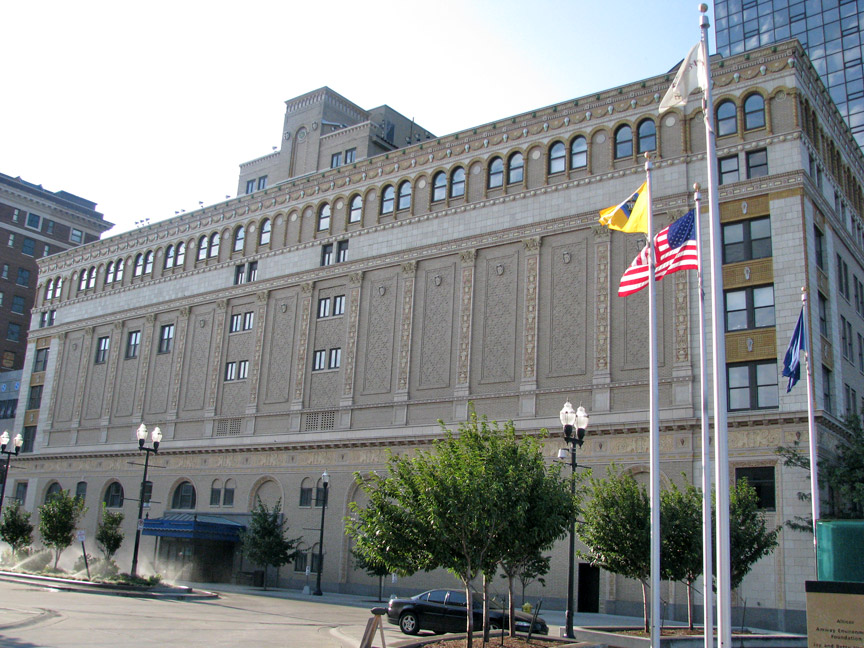
Amway building
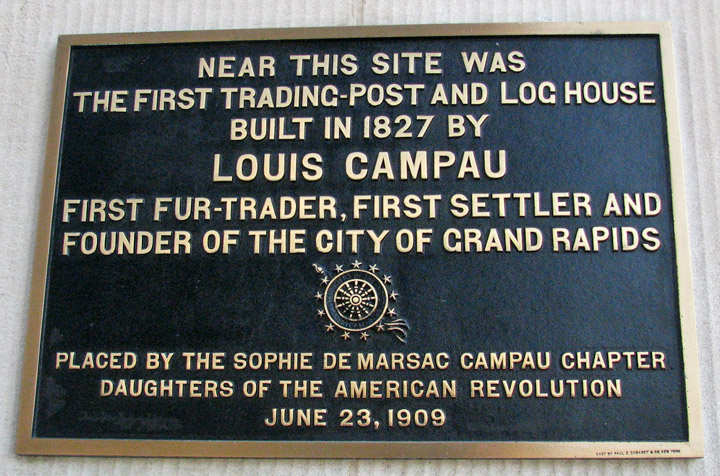

Campau's Trading Post
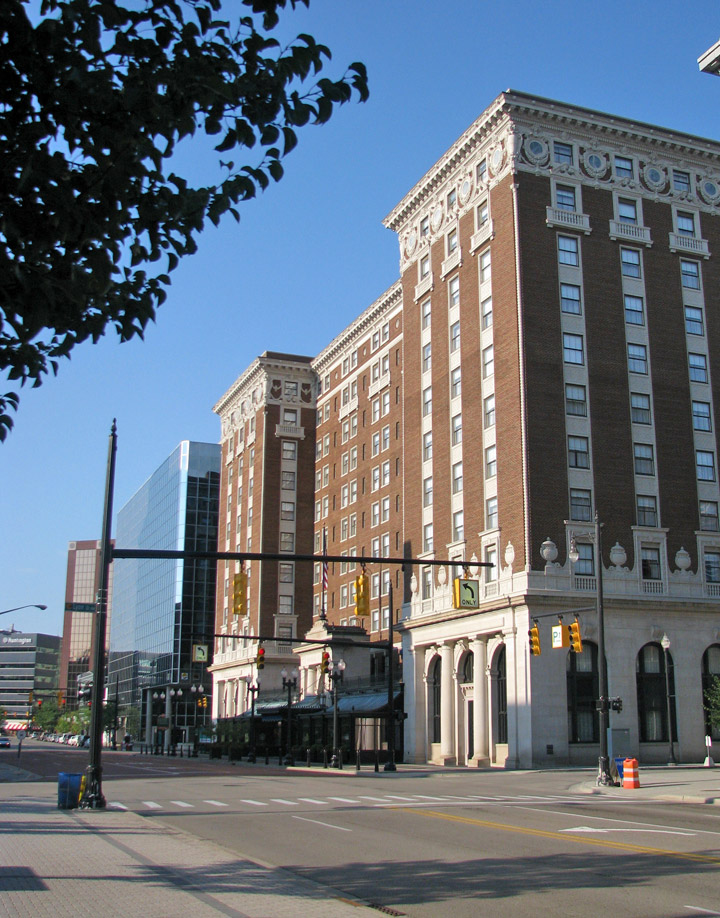
Amway Hotel
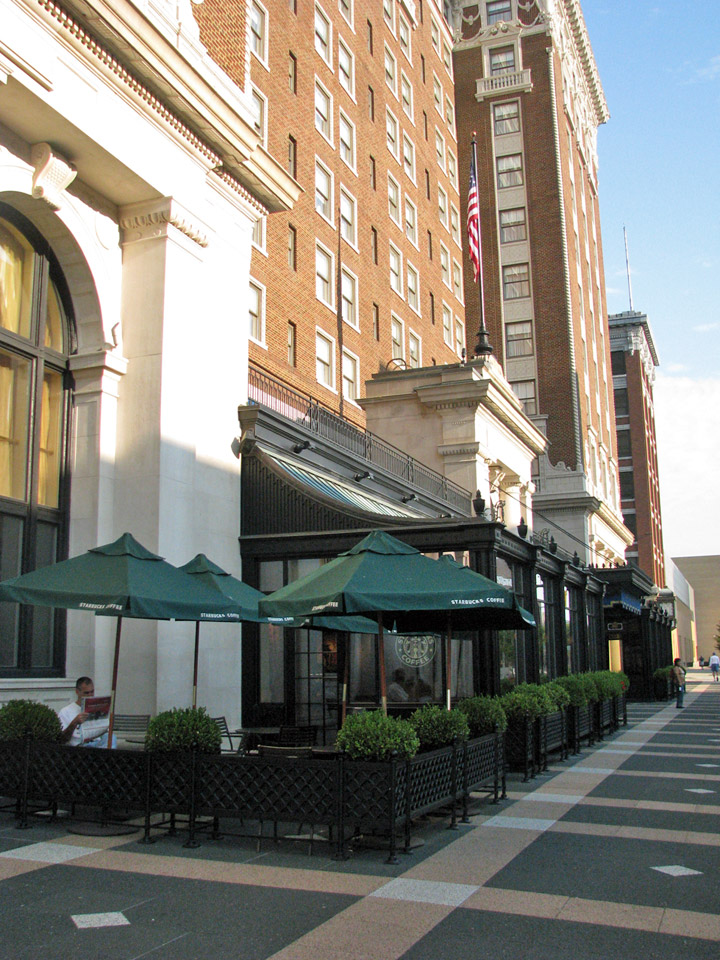
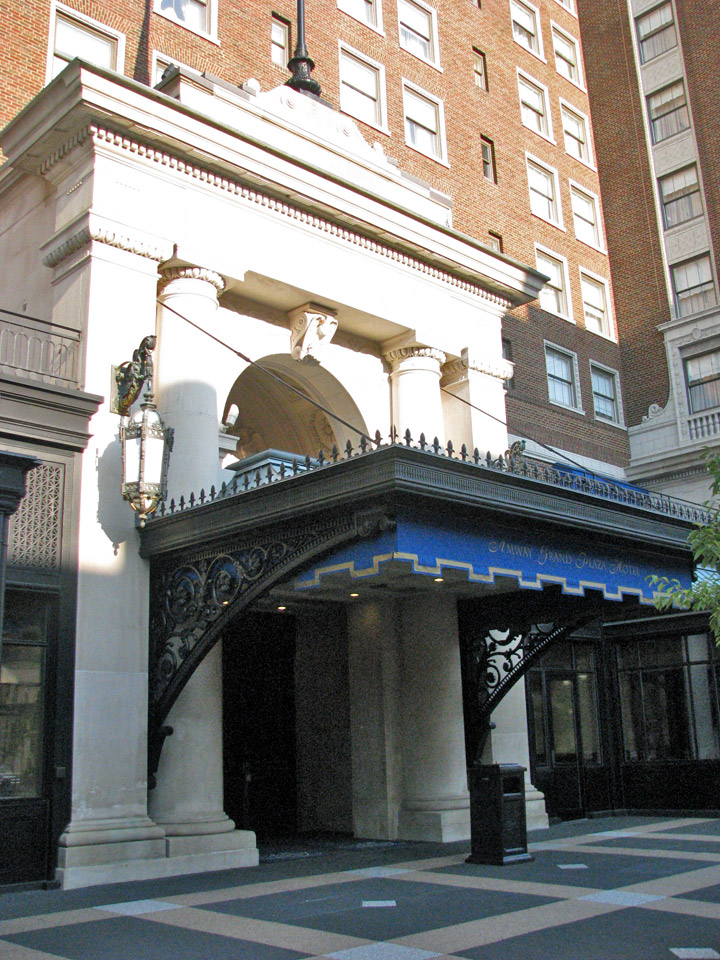
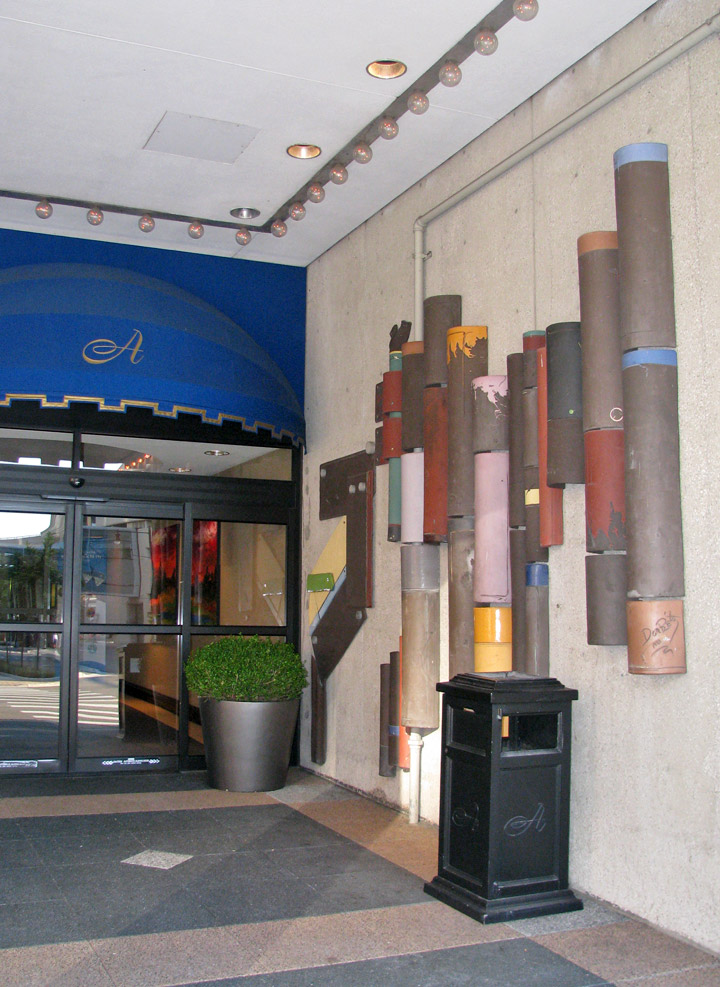
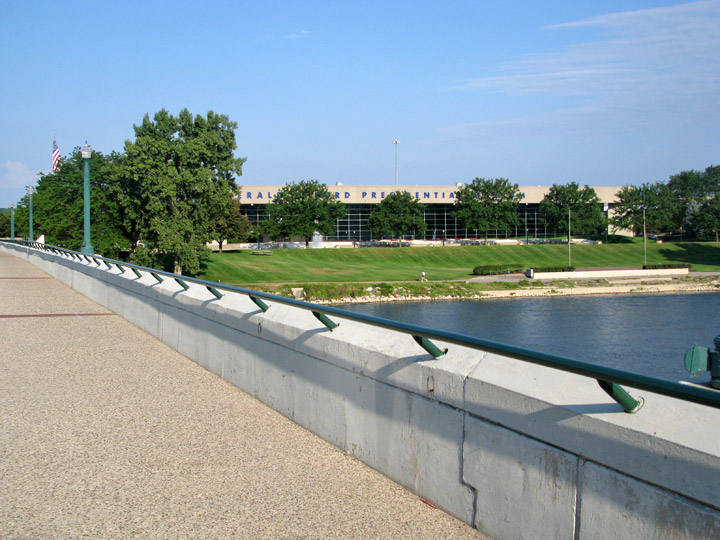
Grand River Bridge
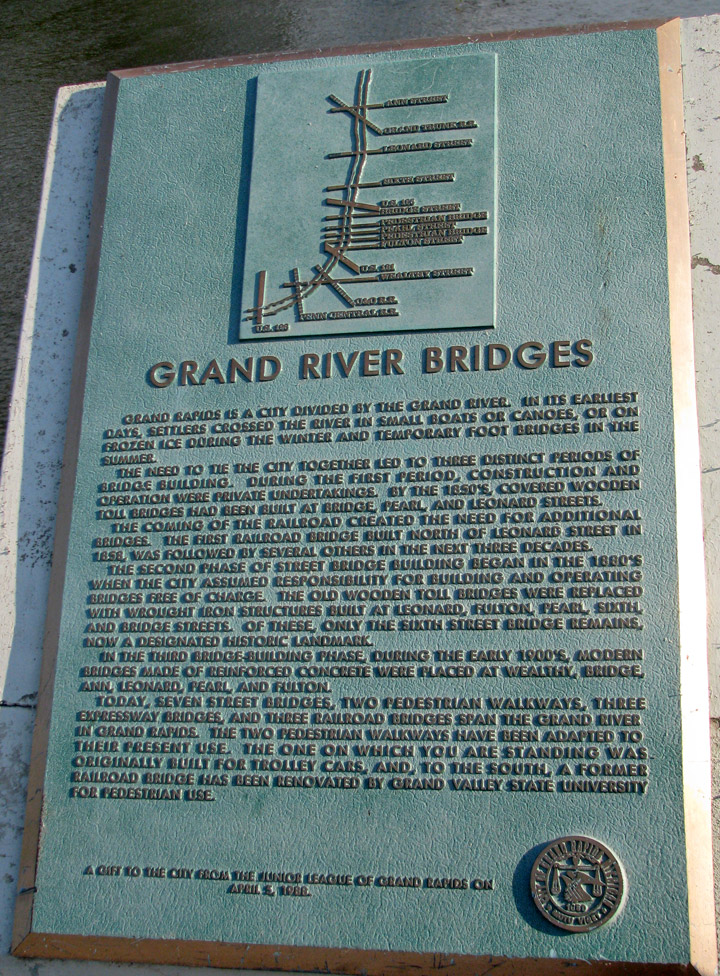
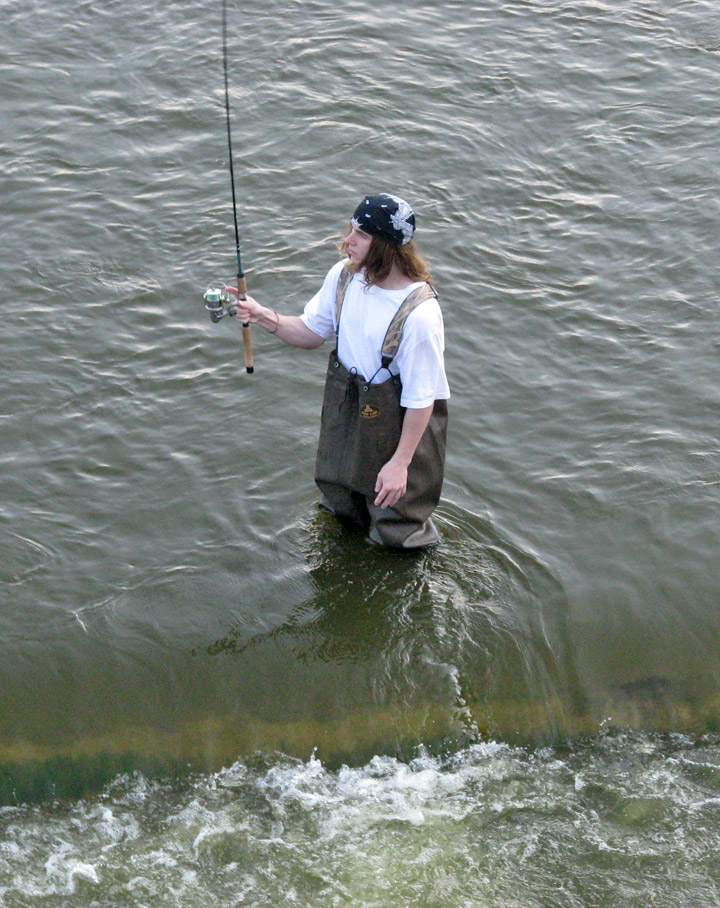
fishing in the Grand River
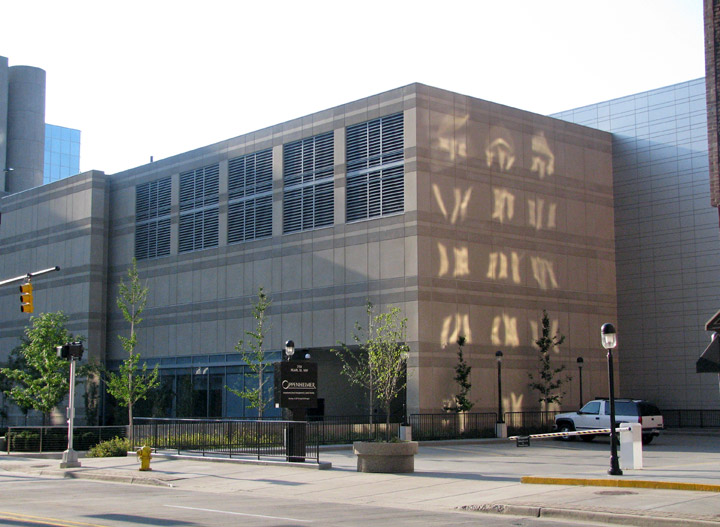

Museum
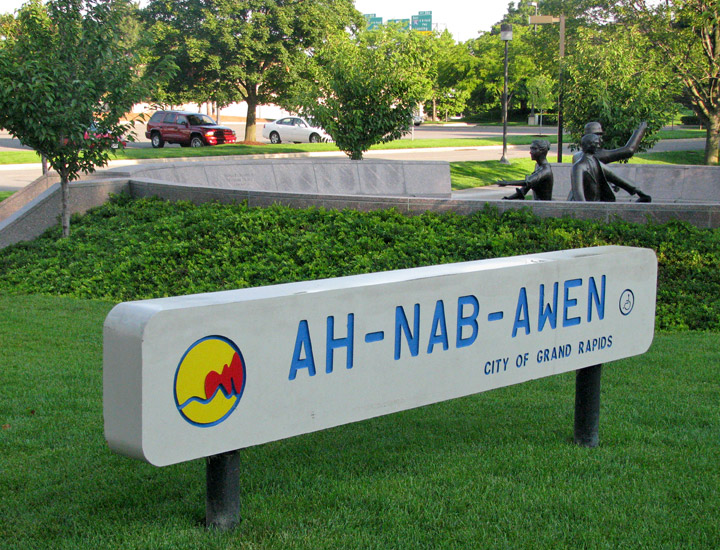
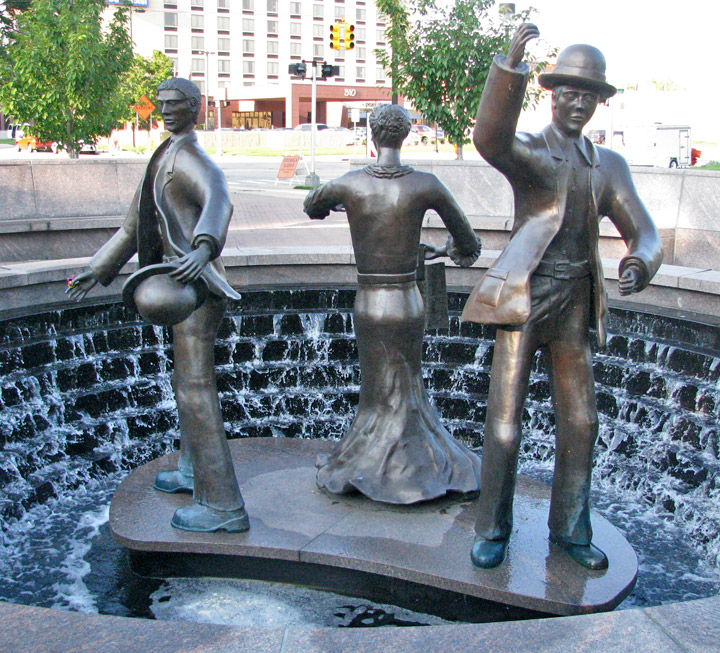
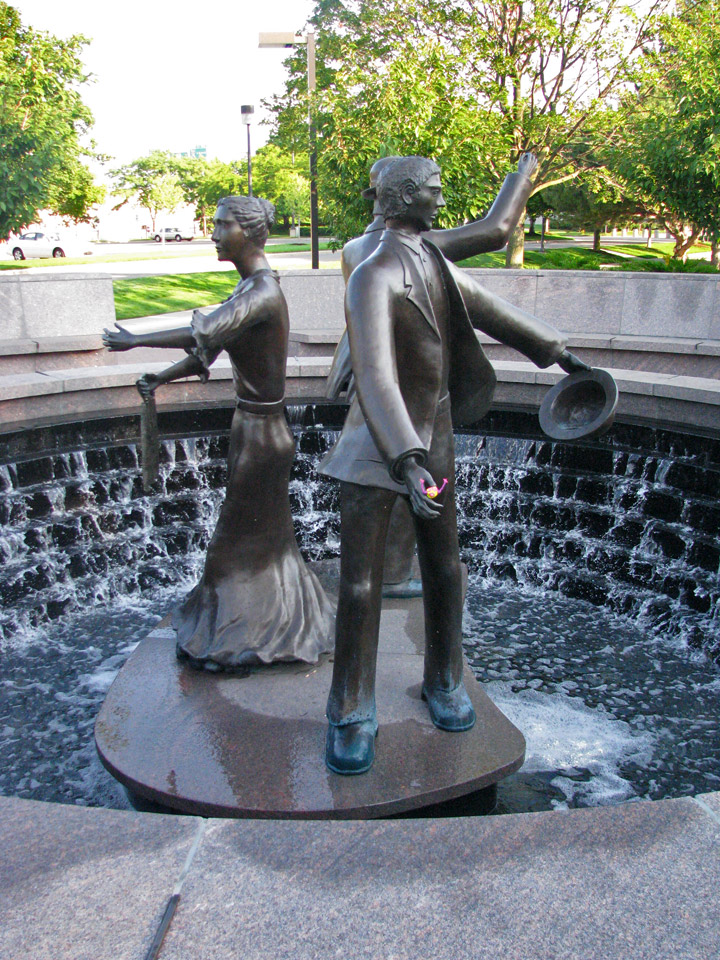
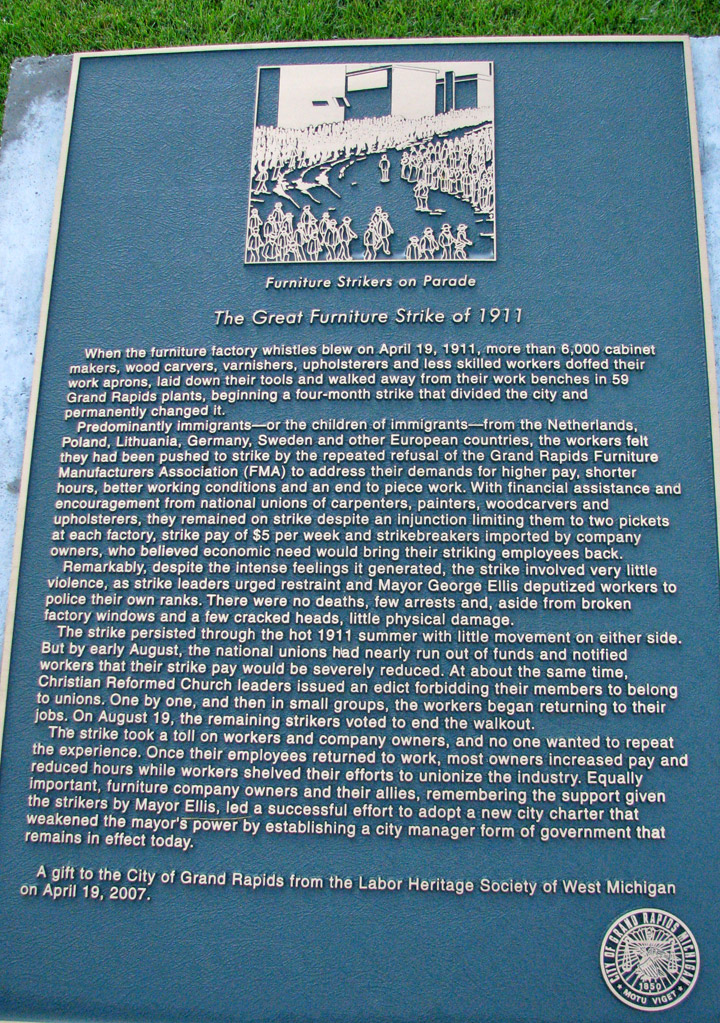
Furniture Workers strike of 1911

Native Americans
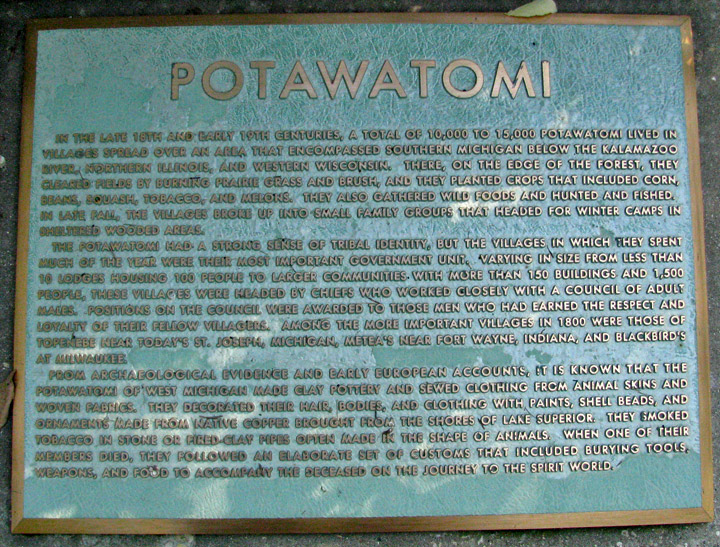
Potawatomi
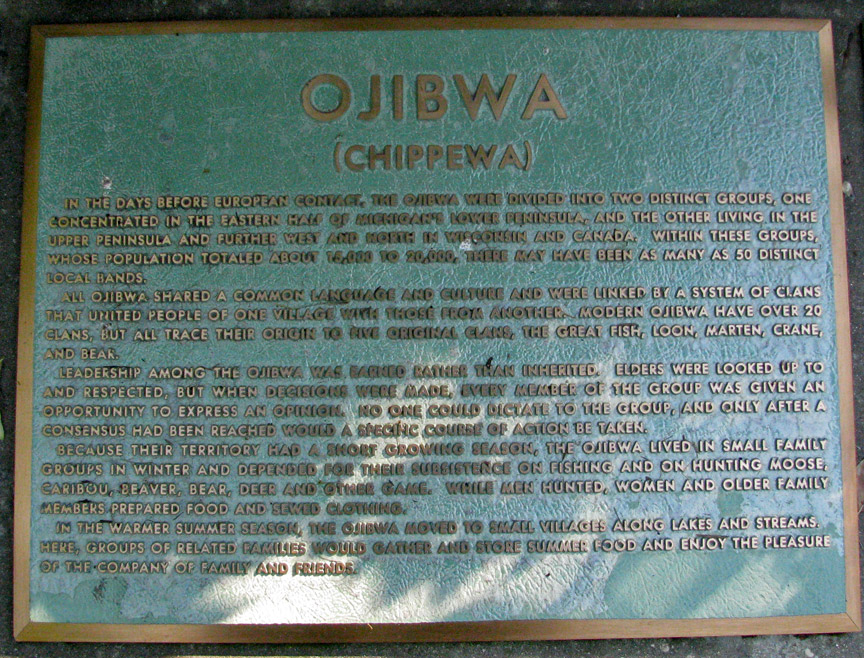
Ojibwa
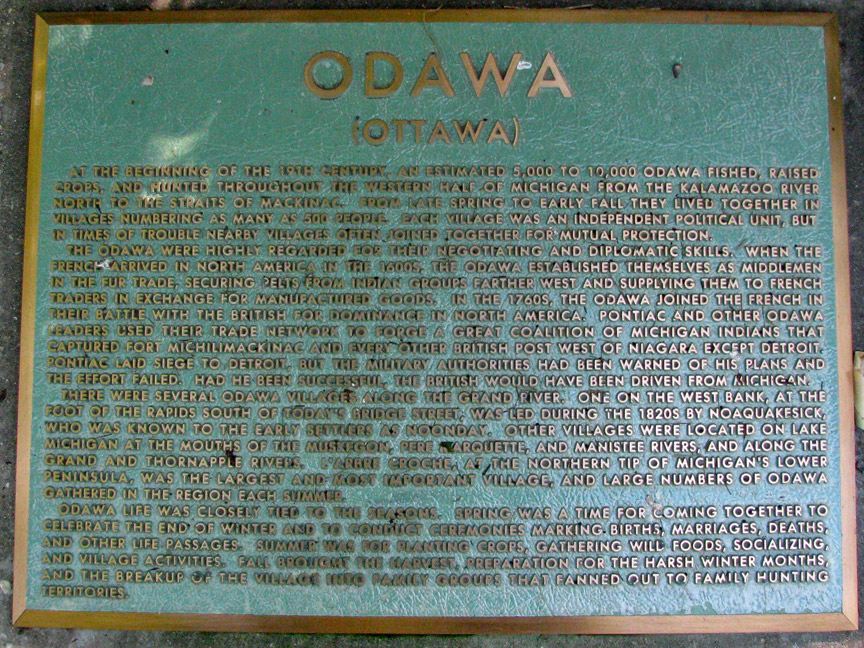
Odawa
